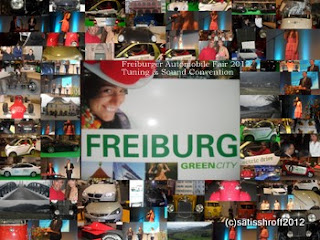PRESS
PELEASE
Applications Open for Badri-Kul Rural Excellence Journalism Award by Nepal-America Journalists Association (NEAJA)
Kathmandu, February 23, 2012- Applications are open for the Badri-Kul Rural Excellence Journalism Award instituted by the Nepal-America Journalists Association (NEAJA) to honor a journalist or a media organization exclusively devoted to economic, social and cultural reform in rural areas and playing important role in mass awareness.
The award of NRs. 1,11,111.11 was established by NEAJA last year.
The application process in Nepal is being coordinated by Media Foundation (MF). Applications should arrive at the MF office, Shanti Marg, Bhatbhateni 40, PO Box 9824, Kathmandu by March 15, 2012. Details on the application process are available on the MF Website at www.media-foundation.org.
The NEAJA award committee will select the final winner from among three names recommended by the selection committee in Nepal.
The award will be given in the first week of May 2012 during the third NEAJA general convention in New York.
Applications Open for Badri-Kul Rural Excellence Journalism Award by Nepal-America Journalists Association (NEAJA)
Kathmandu, February 23, 2012- Applications are open for the Badri-Kul Rural Excellence Journalism Award instituted by the Nepal-America Journalists Association (NEAJA) to honor a journalist or a media organization exclusively devoted to economic, social and cultural reform in rural areas and playing important role in mass awareness.
The award of NRs. 1,11,111.11 was established by NEAJA last year.
The application process in Nepal is being coordinated by Media Foundation (MF). Applications should arrive at the MF office, Shanti Marg, Bhatbhateni 40, PO Box 9824, Kathmandu by March 15, 2012. Details on the application process are available on the MF Website at www.media-foundation.org.
The NEAJA award committee will select the final winner from among three names recommended by the selection committee in Nepal.
The award will be given in the first week of May 2012 during the third NEAJA general convention in New York.
Badri-Kul Rural Excellence Journalism Award
It is our pleasure to inform you that we are now
receiving applications for the first Nepal America Journalists’ Association
Badri-Kul Memorial Rural Excellence Journalism Award (NMEA)-2011. This award is
exclusively dedicated to those journalists or non-profit media institutions
that have made significant contribution to rural journalism in Nepal. The total
reward purse for the award is NRs.1,11,111.11. The award will be presented to
the winner during the third General Convention of NEAJA to be held on the first
weekend of May 2012 in New York.
Following are the guidelines for the applicants to be
eligible for the Award:
1. Award recipient must be a Nepali citizen.
2. News media or the non-profit media organization
(herein referred to as institution) applying for the award must be registered
with the Nepal Government.
3. Such Institutions should be based and be working in
rural areas (outside Kathmandu valley and other major townships) of Nepal.
4. Applicant should not be the member of any political
party, and the institution must not be affiliated with any political party.
5. If applicant is an individual journalist his/her
articles or audio/visual news reports must be published or broadcast through
the media between January 1st of 2011 and December 31, 2011. This may not apply
for non-profit organizations. However, such institutions may include their
progress reports of the year 2011 while submitting their applications for the
award.
6. The Award will go to an individual journalist or
journalists or an institution whose works must have a direct impact to the
socio-economic sector (including but not limited to education, health,
agriculture, technology, environment, business and industries, and other
imperative social issues) of rural areas of Nepal and must have helped uplift
the life of people in those areas.
7. NMEA Award winner/s will be announced by March 30,
2012. The NMEA award winning journalist/s or institution will be notified
formally and would be pursued for Visa to the USA. However, the winner should
commit to NEAJA that he/she would return to Nepal before the expiry of the
VISA.
8. Please send in your application letter along with
your resume, progress reports (for institution), or three news samples published
or broadcast between January 1st 2011 and December 31, 2011, and a brief note
(not more than 500 words) outlining what impact your news pieces had on the
community you covered and how the issues were addressed or resolved, by January
30, 2012 to:
Media Foundation Nepal,
Email: info@media-foundation.org, 2 Shanti marga, Bhatbhateni 40, P. O. Box: 9824, Kathmandu, Nepal.



















